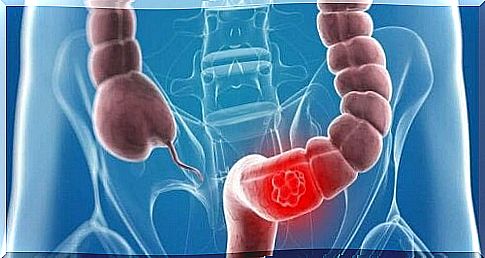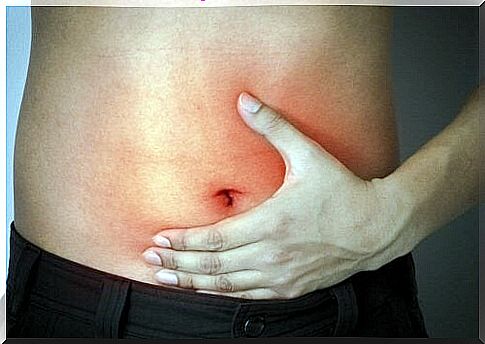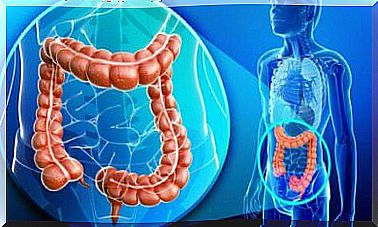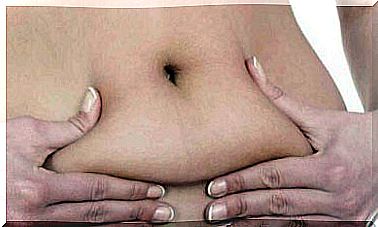What Is A Colostomy?

A colostomy is a technique for stoma. In medical terms, “stoma” is defined as the communication between an internal hollow organ and the external. Ostomy can be in the digestive system or urinary tract.
In the specific case of colostomy, it consists of opening up into the abdomen, allowing part of the colon to communicate with the outside. The point of contact is known as the “stoma”.
Colostomy artificially divides the intestines into two parts. The part located before the stoma is functional and performs its relatively normal activities. The remaining part after the stoma no longer works as the stool will come out through the opening.
Similarly, in addition to the last part of the colon, the rectum and anus also stop being functional. However, it is possible that the mucous membrane continues to produce fluids, which are excreted to the outside.
When health professionals place the colostomy in the colon, the uptake of nutrients remains intact. Remember that this process belongs to the small intestine, which is located above and is not affected by this technique. What is affected is the production of feces and the excretion of it.
Types of colostomy
There are three types of colostomies:
1. Temporary
A temporary colostomy, as the name suggests, responds to ailments or procedures that progress better if part of the colon rests.
For example, when a patient has an operation on the intestines, it should have time to heal. To prevent the passage of feces, the medical professional makes a temporary stoma, which they will later close again. When they perform the closure of it, the entire digestive system normally functions again.
2. Permanent
In this case, the doctor performs the technique with the goal of leaving the colostomy permanently. This could be due to bowel cancer, for example, which was diagnosed at an advanced stage and provided no other option but to remove a large portion of the colon.
When the medical professional judges that the transit will be irreparable, they place a permanent colostomy.
3. Transverse
These colostomies get their name from their location. The colon has three parts, and one of them is the transverse part that is located in the upper part of the abdomen.
It is not common to perform a colostomy there, but it may be necessary due to special circumstances. In this place it is also possible to plan a temporary or permanent technique.

Colostomy bags
Colostomy thus excretes feces through the stoma to the outside. Stools no longer pass through the rectum and anus.
Colostomy bags receive the stool, which passes involuntarily. These bags are attached to the stoma and serve as storage for the colon, which regularly excretes feces.
While there are several different types of bags and designs, they all have two primary parts: the system that attaches the device to the skin and stoma and the collection system, which can be a simple bag or a mechanism with emptying.
Many manufacturers make these bags, which is why there are many different types. There are different materials, small, medium and large bags, transparent and colored bags and bags with or without a lid.
Another difference in the bags is how you empty them. This decision will depend on the patient’s comfort and the models available. Basically, the different types are:
- Interchangeable. The bag is only used once. Once filled, the patient removes it and replaces it with a new one.
- Emptyable. The bag has an opening that allows you to empty the contents and continue using it.
- Washable. Some bags have a special fastening system that allows you to take it off. They are made of washable material and when they are clean, they can be put back on.

Possible complications of a colostomy
It logically leads to some complications to interrupt bowel function and fix an ostomy bag on the body. Some are more difficult to solve than others. The most common are:
- Eczema. The skin may turn red around the stoma due to the colostomy and the flow of stool. In general, with proper hygiene and the use of certain creams developed for this purpose, the side effects are affordable.
- Shrinkage of the stoma. After surgery, the stoma becomes smaller in size. Although this is normal, a doctor may need to make a new canal for it if it shrinks too much. This is because it can block the excretion of feces.
- Movement of the stoma. In the area of colostomy, the intestines change position. Therefore, they can put more pressure on, causing hernia on the stoma. In contrast, it can also happen the other way around, meaning the stoma can retract inward. Both situations require medical evaluation to take the necessary precautions to ensure that the colostomy continues to function properly.









